100,000.
That’s how many pairs of sunglasses legendary copywriter Joseph Sugarman sold in his print ads.
Joe used nothing more than words (and a quick, cheap photo) to sell 100,000 pairs of sunglasses in just six months.[*]
If a simple newspaper and magazine ad — with a single cheap picture to sell the product — can be that successful, imagine what you can do with YOUR product descriptions.
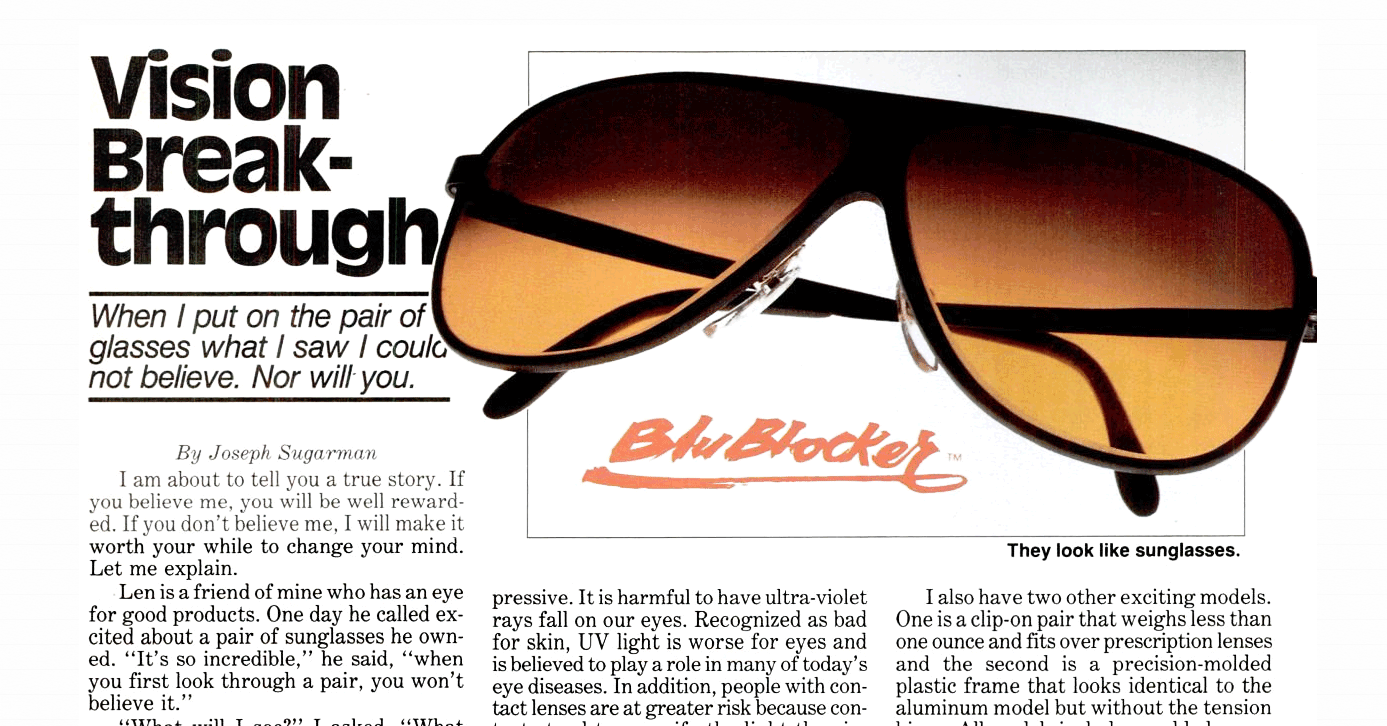
Product descriptions are often overlooked. An afterthought, tacked on after the images, call-to-action, customer reviews, stock numbers, pricing, and the other million things an eCommerce entrepreneur must do.
But no more! In today’s article, I’m going to teach you how to write product descriptions that sell, so you can grow your online store.
Writing Great Product Descriptions - Why Bother?
With a million and one other things to do, why bother to write captivating, unique product descriptions?
After all, you can always throw something together, or copy the manufacturer’s descriptions, right?
No! Noooooooo. Please no.
First of all, most manufacturers’ product descriptions suck. They, like you, have a million other things to do, and most likely threw something together.
They probably do not understand your ideal customer, and aren’t using their exact language (more on that in the next section).
Secondly, copying these descriptions word-for-word is harmful to your store’s SEO. Google considers this “duplicate content,” and they don’t like to rank duplicate content.[*]
Plus, a study of 1,000 online shoppers showed people rank detailed product descriptions as the #2 or #3 reason they make a purchase decision, in almost every niche.[*]
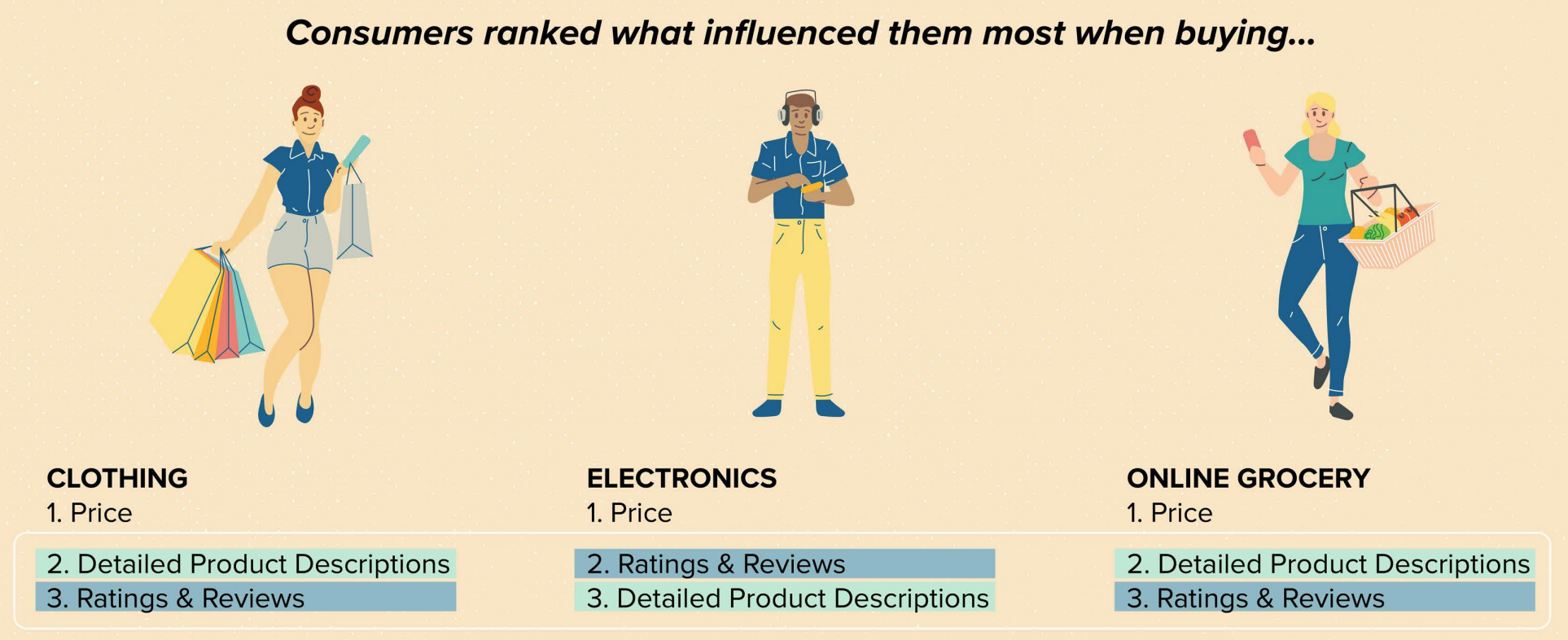
In short:
Unique product descriptions are better for search engines.
Excellent product descriptions build trust and increase sales.
So how’s it done?
Understanding Your Buyer Persona And Stealing Their Language
The first step in writing product descriptions that sell is to know your ideal customer like the back of your hand.
You have to go where they go; do what they do; hang out where they hang out.
No, not physically. Don’t stalk them. Just use the magical market research tool that is user forums.
Forums are a place where your customers hang out and talk about their desires, fears, and pain points. You can see the exact wording they use to describe their needs and wants.
Here’s an example:
Let’s say I sell CB radios for cars and I want to know what my target market considers essential.
First, I’d go to my trusty friend Google and search for “cb radio forum.”

Instantly, I see three forums directly related to CB radios. Score!
I click the first one. Now, I’m looking for two things:
Issues they’re having with CB radios (things my product or website may be able to help with or solve).
Things people love about their CB radio (also things my product can do, that I may not be stating as a major benefit in my current descriptions).
Three posts jump out at me for further review.
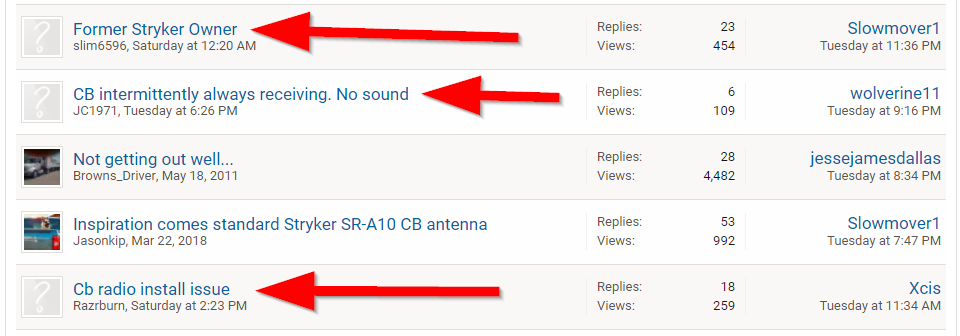
Reading through them, I notice a trend. Take a look:
Two people talk about the terrible range and interference from the engine. So we know that having an “excellent range” and “no interference” are essential to the buyer.
Pro tip: We also notice installation is difficult. To make our product stand out, we could add videos and documents with the purchase of our radios, that give step-by-step installation instructions. That’s a form of product upselling which can increase our average order value, if we offer these items for an additional cost after someone buys our radio!
Let’s dive deeper and look at some positives. After scrolling through a few pages, I noticed this post:
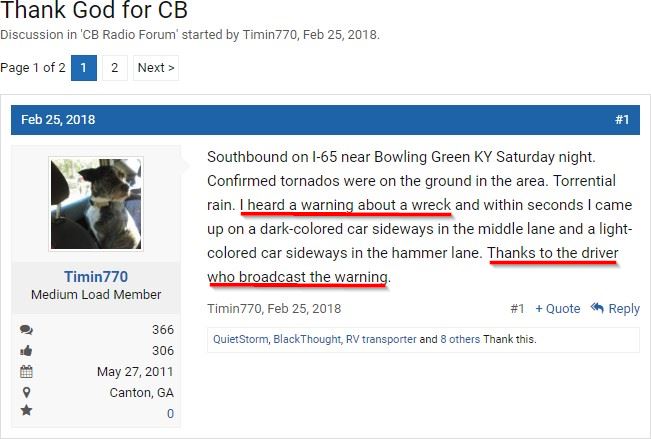
Looks like CB radios are good for warning you about tornadoes and other weather alerts.
I would take his exact wording and use it in my description:
“Always be prepared in case of an emergency. Drivers using CB radios warn other drivers of crashes and other hazards during tornadoes and flash floods. Stay safe and get a radio!”
If I were really selling this product, I’d even go so far as to reach out to the post owner, and ask if I could share his story in our product descriptions. Storytelling is another important element in writing excellent product descriptions, which we’ll discuss in the next section.
One last example (this time of a different product) before we move on, so you can see how to use a customer’s language verbatim:
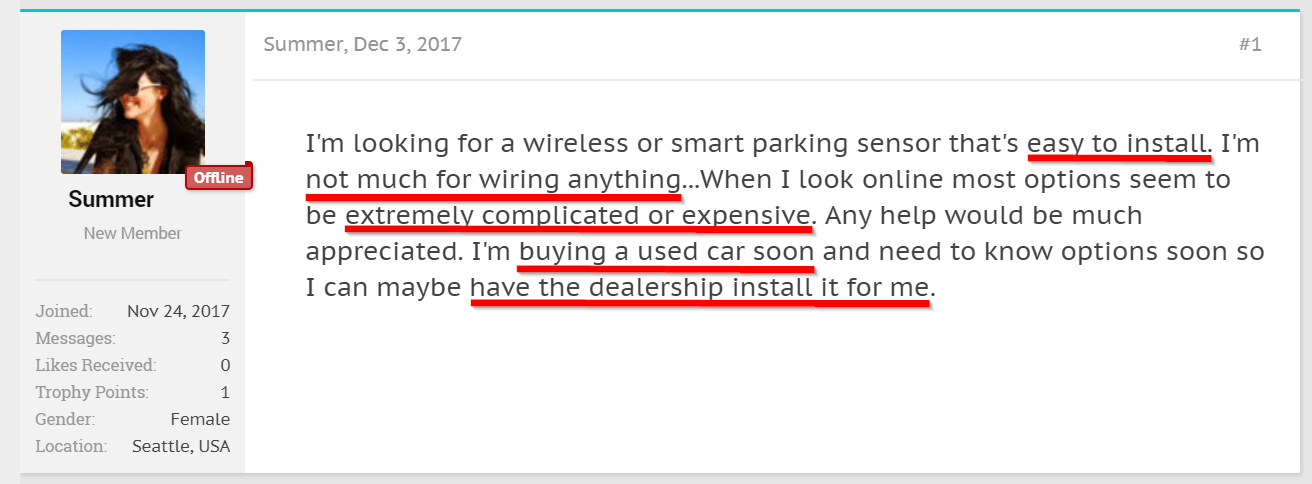
In this forum for wireless parking sensors, we know what Summer is looking for. She wants something that’s “easy to install” and “doesn’t require much wiring.” She is also “buying a used car” and may want to “have the dealership install it for her.”
Reflect this in your description like this:
“Not much for wiring? Looking for a wireless sensor that’s easy to install?
Our smart wireless parking sensors are not only simple to use, but are also inexpensive and great for new or used cars!
You may even be able to get the dealership to install it for you. Don’t wait — get it now before they’re gone!”
See how I used my target customer’s language word-for-word? Forums, baby! They work like a charm.
Now, let’s talk about actually writing your product descriptions, and the nuances that make them convert.
Crafting Legendary Product Descriptions That Convert
Here’s the ultimate formula to write product descriptions that sell:
Emotional Language + Storytelling + Target Market’s Exact Wording = SOLD!
According to research on the psychology of advertising, the “emotional response to an ad has far greater influence on a consumer’s reported intent to buy a product than does the ad’s content — by a factor of 3-to-1 for television commercials and 2-to-1 for print ads.”[*]
Side note: According to research, internet ads have been shown to evoke the same emotional responses as print ads. So, we can assume the increased intent to buy shown in the study above can be applied to product descriptions as well.[*]
As Joe Sugarman says in The Adweek Copywriting Handbook:[*]
“You sell on emotion, but you justify a purchase with logic.” (p. 66)
At the base of our brain lies our emotional selves — the Limbic System (aka the “Emotional Brain”). This part of the brain is where our feelings, memory, and value judgments originate.[*]
It’s also the part of the brain that determines what we pay attention to.
In other words, it’s the emotional part of our brain that first makes decisions. Then the logical part follows up afterward, once the emotions are processed.
Translation: You need to sell your products using emotion, then help people back up their decision using logic.
Emotion Description Examples:
“The most decadent flavors and aromas. The ultimate coffee experience.”
“The ultimate in comfort — never feel that terrible back pain again.”
“Imagine yourself coming home after a stressful day at work and relaxing your feet into a warm, therapeutic foot bath.”
Logic Description Examples:
“The best price you’ll find — guaranteed.”
“You’ll love it — just ask our thousands of happy customers.”
“You’ll save at least $400 per year making your lattes at home!”
See the pattern? Emotion and storytelling first, logic later.
Here’s an example of a product description that does this well from ThinkGeek:[*]
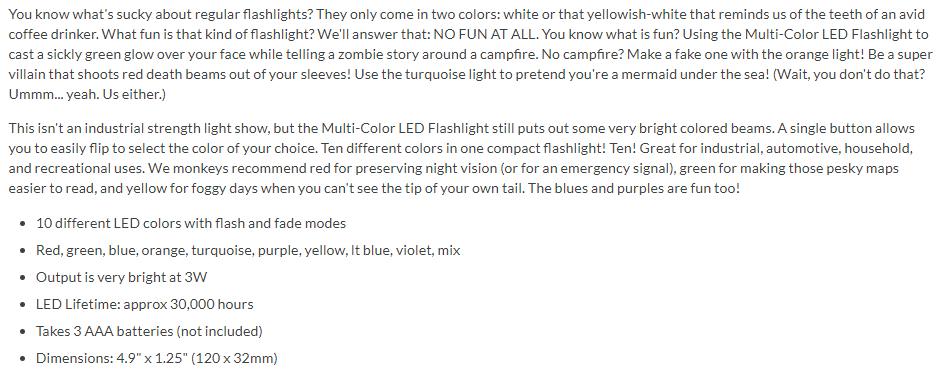
They know their audience extremely well and use emotion (especially humor) to sell these flashlights. The first paragraph is to sell you using emotion.
The second paragraph and the bulleted list shares more practical takeaways to seal the deal.
Download 5 More Product Description Examples Like This
Pro tip: Notice how almost all the examples I’m giving you use the word “you” a lot. “You” is a powerful word and YOU should use it in YOUR product descriptions!
Beyond emotional wording, backing up people’s buying decision with logic, using the word “you”, and using your ideal customer’s exact wording, what else is needed to write a great product description?
Storytelling.
Remember in the previous section where I said storytelling is an important element in selling?
This is because storytelling is one of the best ways to emotionally convey information. People are naturally drawn to stories. Before written history, stories were the ONLY way to convey information that could easily be remembered.
Rather than explaining, let me give you an example. First, here’s a generic description with no storytelling:
“Our CB radios are easy to install and have excellent range. They’re made with premium components, so they last for years to come. We also have the best price possible! Compare us to any other brand and you’ll find we’re the best.”
It’s OK. Kind of a snore fest, though. Now let’s add some storytelling:
“Imagine driving your truck down a country road, when out of nowhere, the weather turns. The clouds get dark, and torrential rain starts pouring down in the blink of an eye.
Suddenly, you hear another driver broadcast a warning via your CB radio. There is an accident less than a mile ahead of you. Two cars crashed into each other, and one flipped.
You can’t see the accident until you’re a few feet away, but you know to prepare for it and slow to a crawl. You get out of your truck and help the people in the accident, instead of crashing into them and making it worse.
In times of emergencies, your radio matters. Our CBs are made with the best components on the market. Reliable, durable, and easy to install, our radios have plenty of power, quality antennas, excellent range, and built-in protection against interference.
Radios you can count on, at excellent prices. Just ask our 5,000+ customers.”
WOW! Count me in on THAT radio, am I right?
Can you see the impact when you combine emotions, storytelling, and your customers’ exact wording? That brings SALES, baby!
One final (practical) tip — format your descriptions so that they're easy to scan. Specifically:
Use plenty of white space.
Use short paragraphs (3-5 lines at most).
Add bullet points of key takeaways (materials, benefits, sizing information, etc.)
And that’s all there is to it! Now get writing.
Download 5 More Product Description Examples To Inspire You
Once you’ve written your descriptions, there’s one last step to take things to the next level.
A/B Testing: The What, Why, And How
A/B testing is showing two different versions of the same page to your audience to see which converts better.
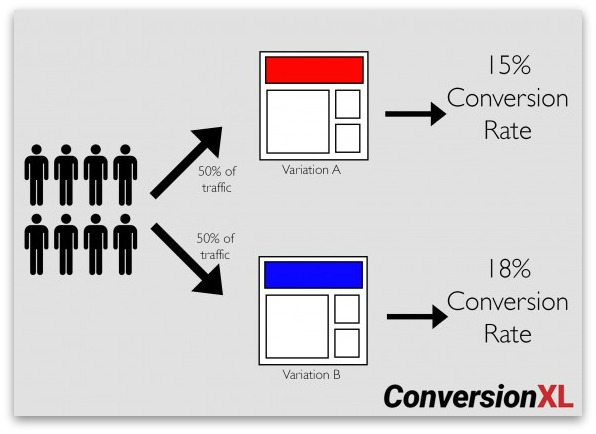
You can A/B test your product descriptions to see which one resonates better with your audience. While not necessary, it’s beneficial and can help you test different phrasing, stories, etc. in your descriptions.
How’s it done, you ask?
Simple — install an A/B testing plugin, such as:
Both of these allow you to show separate versions of a page to a percentage of your audience. You can then look at which page gets a better conversion rate, and use that one as the final version.
Now, one last step!
Tweaking Your Descriptions: Tools To Optimize Further
You’ve done your market research, written and tested your descriptions, and you’re making lots of juicy sales. What more is there to do?
Keep optimizing, of course.
This final step helps you put the finishing touches on your descriptions. It can show you what links or call-to-actions people are clicking on, and how far down the page people are getting before dropping off.
The tools are:
Heat Map shows you exactly where people are clicking on your page.
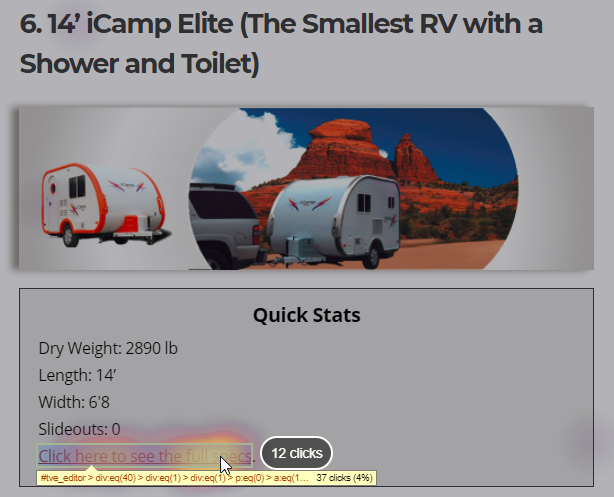
In the image above, 37 people clicked this link, and 12 of those people specifically clicked on “specs” in the sentence.
This can be useful to see which of your calls to action is the most popular, and if people are clicking on something that isn’t a link. For example, users might click on a product image, expecting it to expand, or on text they think should be linked to something.
Next up, Content Analytics shows you how far a user gets down the page before leaving.
In this screenshot, my readers, on average, get through about 91% of this article before leaving. You can use this information to see if your descriptions are too long, or if you need to make a particular spot in your description more enticing by adding a story or more emotion to the wording.
You can also use that spot to add bucket brigades, a strategy I learned from Joe Sugarman. Basically, a bucket brigade is a one-liner that entices people to read the next line.
Here are a few bucket brigade examples:
For example:
Check this out:
Why?
Get this:
Keep reading.
Here’s what’s in store:
You’ll never believe this…
If you read a lot of my content, you’ll notice I use this tactic in EVERY article I write. Go ahead, scan back through this one and I bet you’ll catch a few.
Bucket brigades work just as well in descriptions, and they can improve your scroll depth and time on page.
And that’s all I’ve got for you!
What Have We Learned?
We learned exactly how to write product descriptions that sell, from researching your buyer persona on forums, to using emotional language and stealing their vocabulary verbatim.
We also learned how to split test and optimize our product descriptions to get the most sales possible.
I hope by now you’re a mini copywriting machine and wish you the best of luck!
Want to see some product description examples that use everything we talked about?


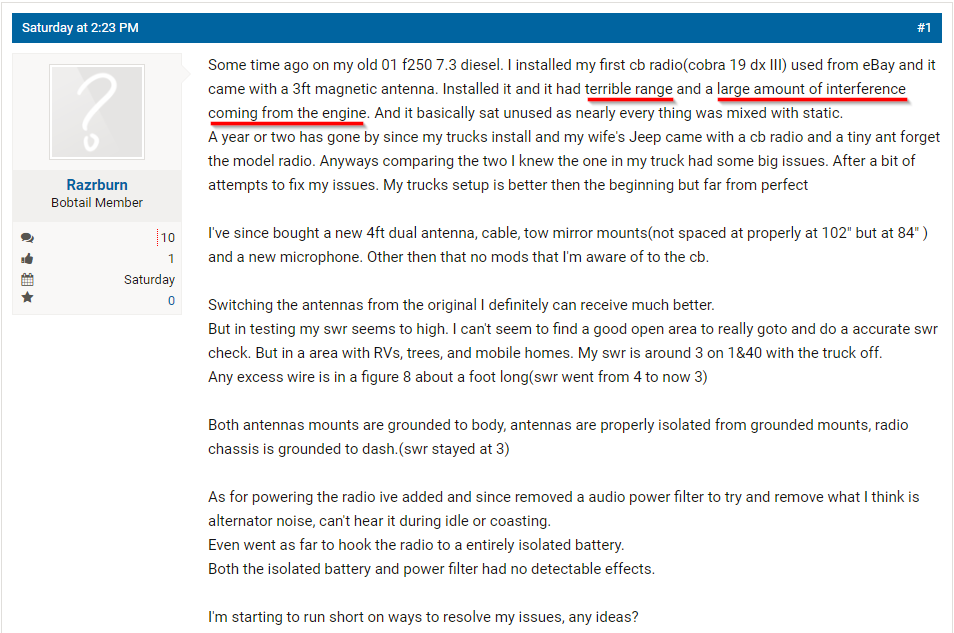
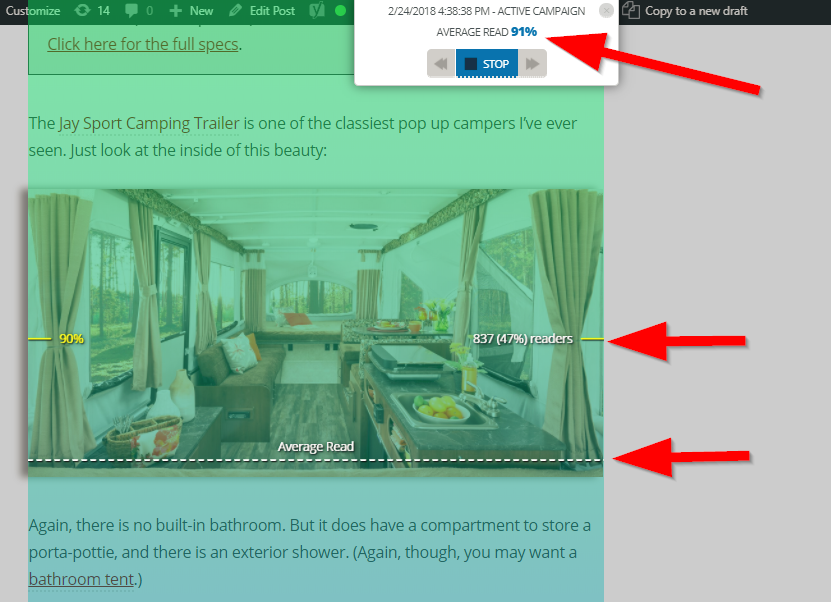
Comments